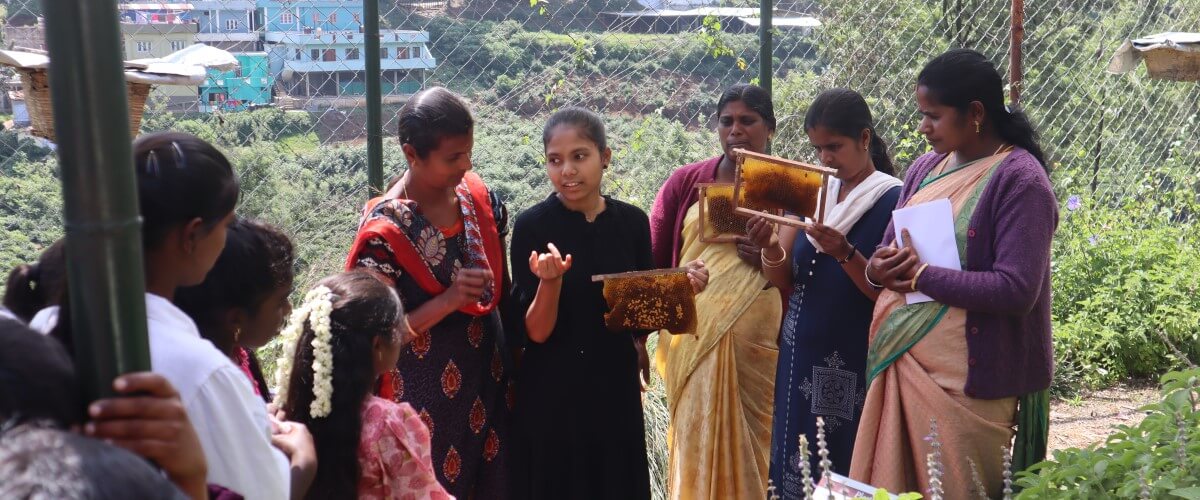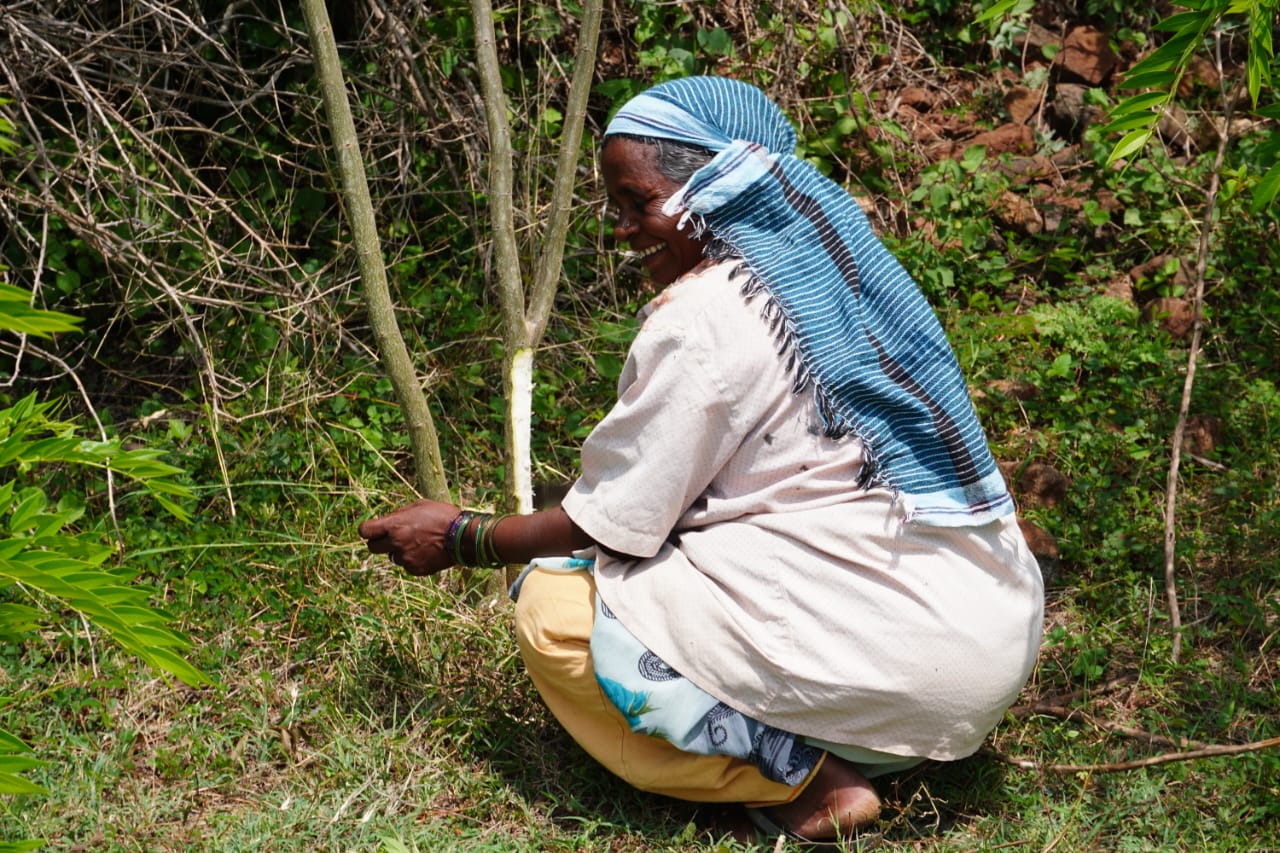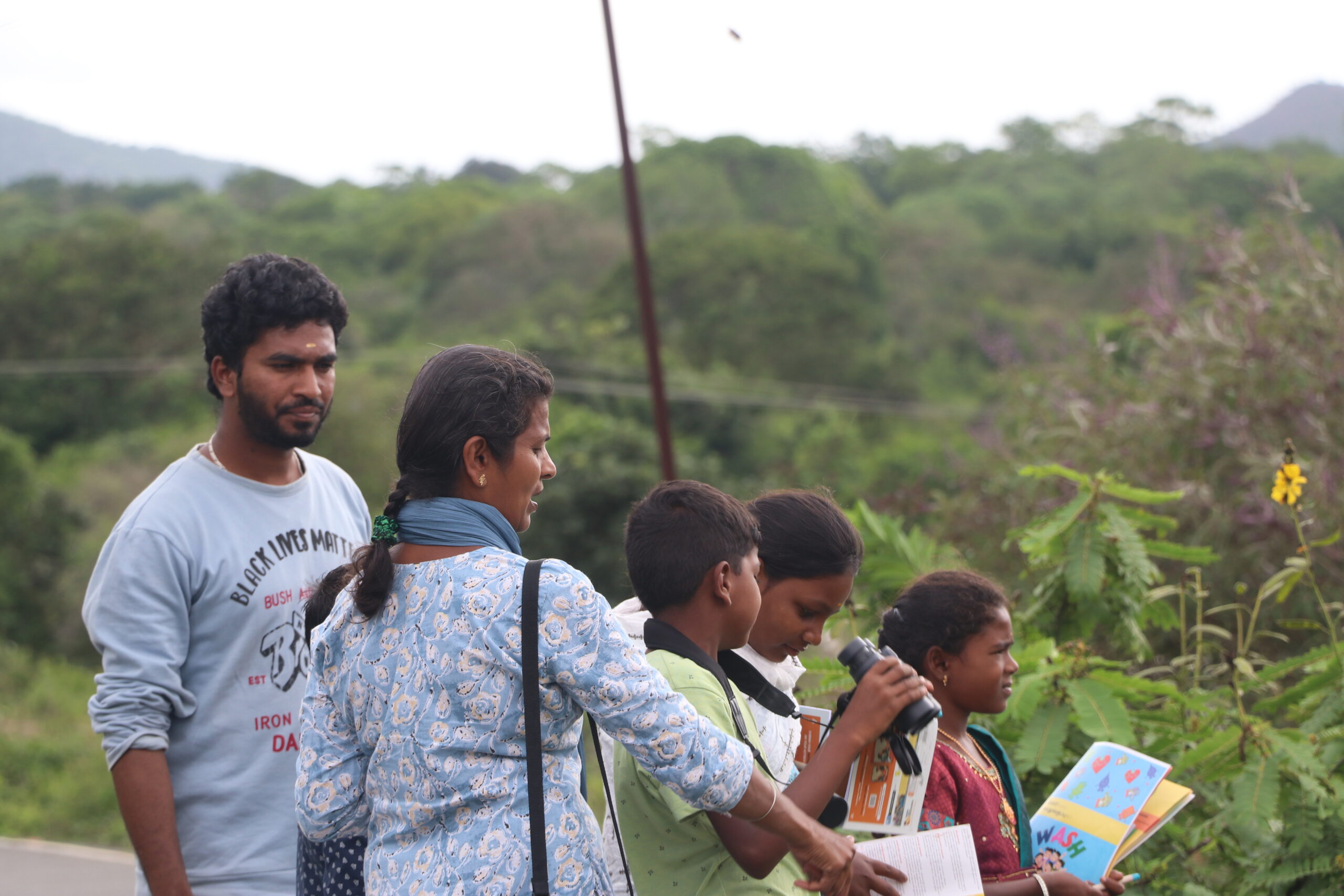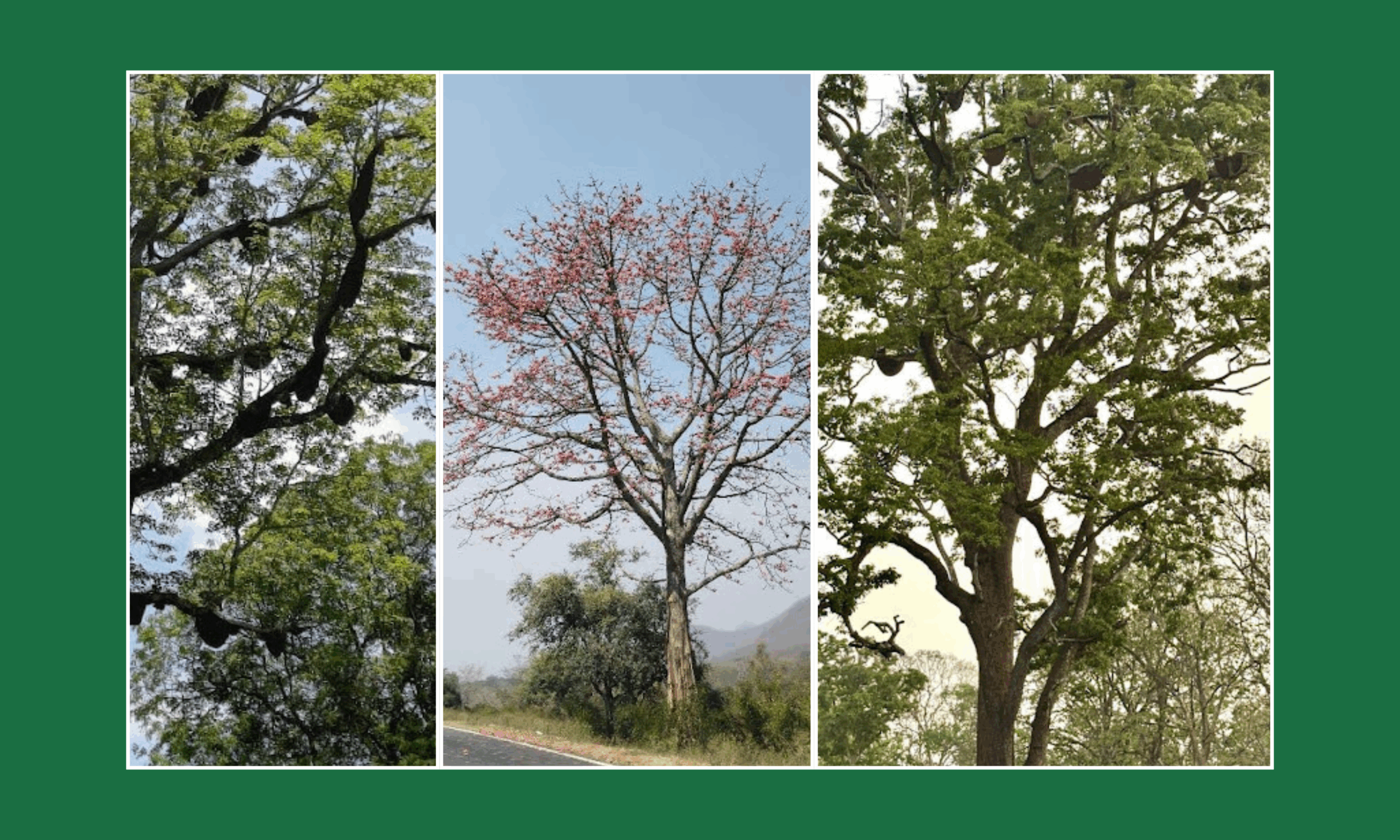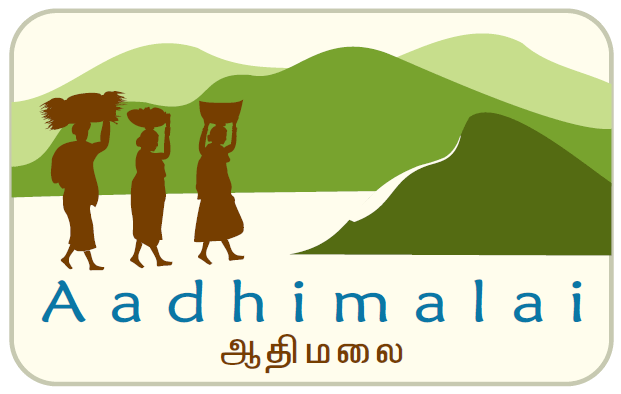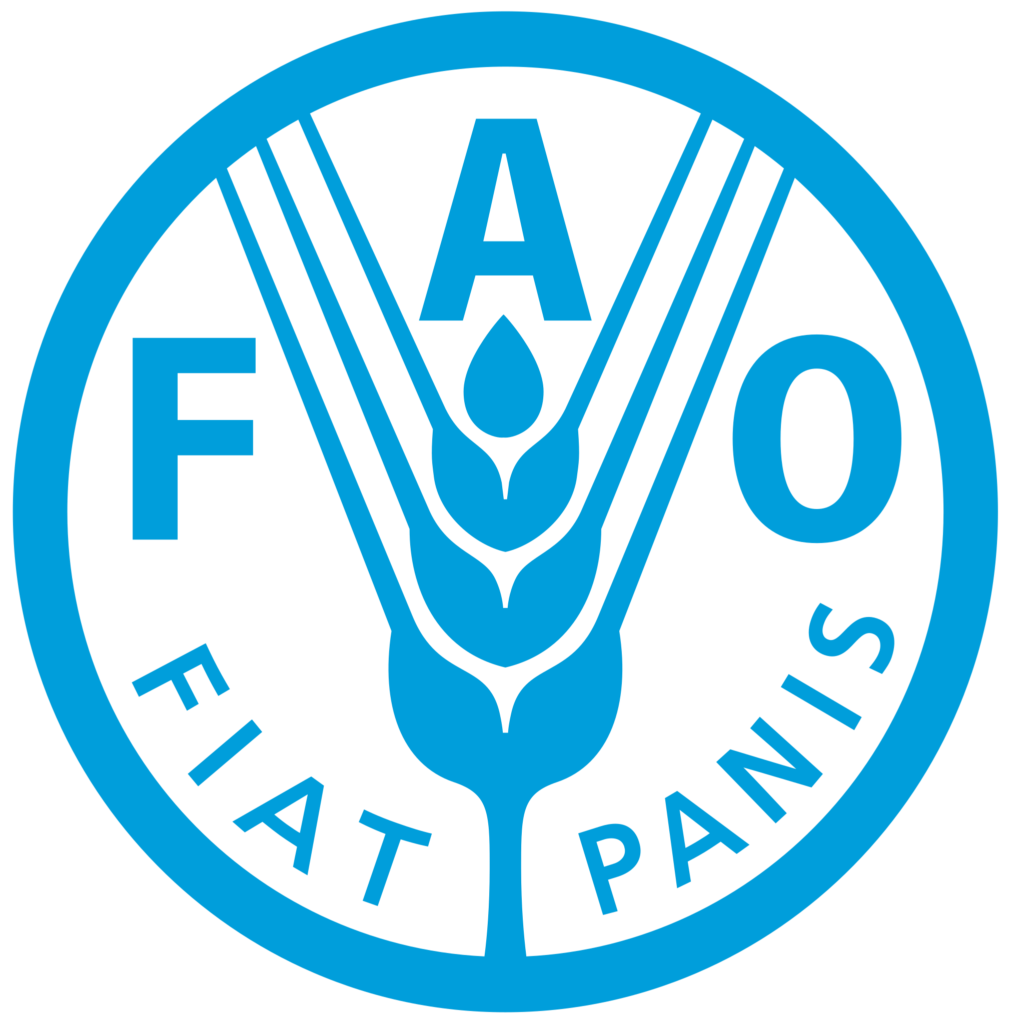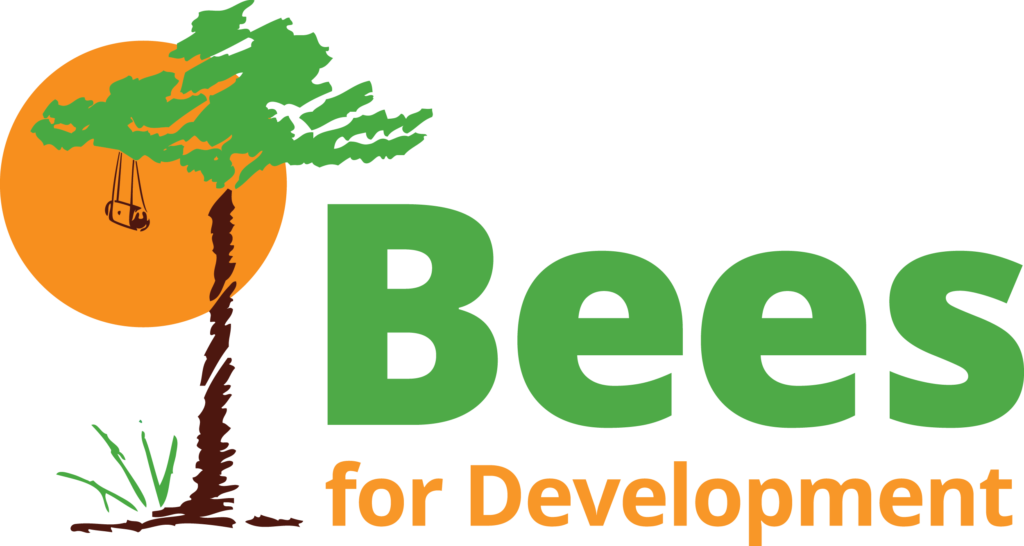May 15, 2023
By Vandana Kannan & Vidya S.
Biodiversity Conservation & Climate Change
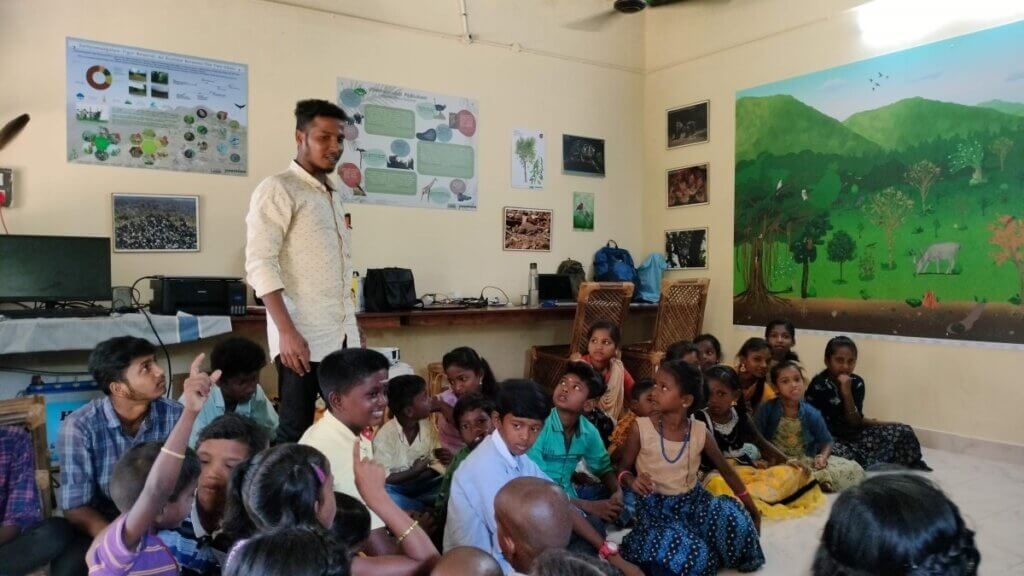

Our Sathyamangalam field centre had the opportunity to conduct summer camps on conservation from May 11-15 in Punanjur, Kanakundur and Arepalayam villages. The camps were curated for students of ages 7-15. A total of 95 children attended, with 30 to 35 from each village.
The discussions were centered around biodiversity conservation, its significance, and the impact of the stewardship of nature. We focused on bees, apiculture, forest temples, traditional foods, honey-hunting practices, seed biology, and an overview of nature conservation. One of the species discussed vastly was bats, with sessions to understand their taxonomy, habitat, distribution, feeding patterns, echolocation, their importance, and the threats they face. YouTube videos on seed dispersal and echolocation aided the lessons with visuals.
We organised activities and games on various topics. One of the team members led a seed collection activity, encouraging the participants to collect seeds from their surroundings while offering them insight into each seed. The students particularly enjoyed the ‘’blindfolded bat’’ game that was organised which had them split into three different groups. One group were blindfolded, while another made insect calls, and the third made “city” sounds. The motive of the game was for the blindfolded bats to catch the students making insect calls, while dodging the group making city sounds. It was an engaging way to help the students understand the impact of noise pollution on wildlife.

The Climate Change team conducted several summer camps for children this month as well. On May 16 and 17, the team held a two-day camp at our field centre in Sigur, with 42 children attending the first day, and a different set of 32 children attending the second. The kids were of ages 11 and above. The camp covered the broader topic of climate change, dipping into various nuances associated with the crisis. Both days saw similar activities, beginning with an introduction on climate, weather and what ‘change’ looks like.
The children were next asked to think about the concept of waste, with an introduction to the various types and how disposal works. This was facilitated with a fun learning activity, where cutouts of different items were distributed among the kids, who had to segregate them as waste into boxes titled ‘compost’ and ‘recycling’.
At this time, the children commented on how it was so hot, they were waiting to leave the camp and go for a swim! The educators chose this moment to talk about our beloved water bodies, naming local streams and river and asking if the kids had noticed a change in water levels. They also engaged in an activity using two cups of water, one placed indoors and one out in the sun. The water level of the latter was far lower, prompting a discussion on how healthy habitats and canopy protect water bodies.
For the final activity, students were divided into groups to explore Keystone’s nursery and beeboxes in Sigur, where workings of both were explained. They also marvelled at colourful posters on local butterflies and snakes, pointing to the ones they had seen or heard of.
The team conducted the same camp for 16 children in Kotagiri as well, starting the morning with an exploration of our beeboxes on campus. Climate educators and Nitya from the biodiversity team joined. Nitya spoke about how virus attacks on bee larvae can harm the pollinators.
In addition to the activities and discussions in Sigur, the students were also introduced to the concept of tree phenology and its place in climate change. They were fascinating, asking many questions and pondering the fate of our planet. The day ended with the students sketching and penning poetry about their newly evolved perspectives on climate change.

